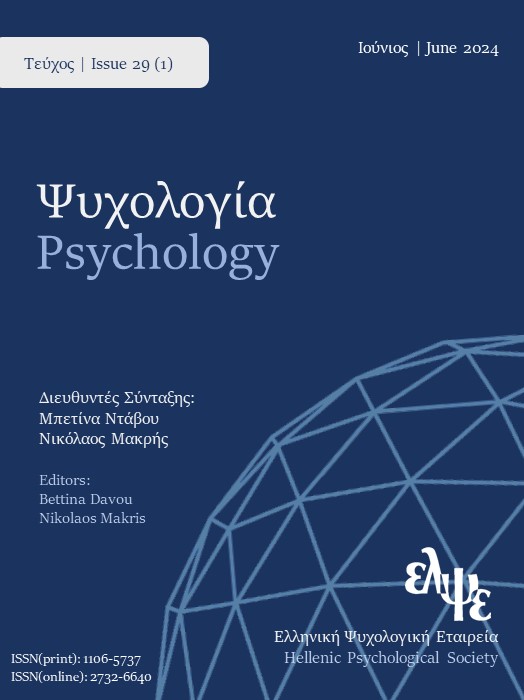Assessment of adult cognitive abilities in Greece: A differential item functioning study of the General Ability Measure for Adults (GAMA)

Abstract
The purpose of this study was to evaluate the generalizability and possible adaptation for use of a non-verbal measure of intelligence developed in the United States, the General Ability Measure for Adults (GAMA; Naglieri & Bardos, 1997) in Greece. As a validity evidence the study examined the differential item function of its questions in order to explore potential item bias utilizing the disproportionate group probabilities of participants’ correctly endorsing test items. The analysis was performed using a logistic regression procedure with samples from the United States (n = 2,369) and Greece (n = 1,273). The findings indicate a small (<1%) number of items that work differentially between these two cultural groups. Implications for the development and weighting of cross-cultural intelligence assessment tests using non-verbal measures are discussed.
Article Details
- How to Cite
-
Rempe, G., Bardos, A. N., Bablekou, Z., Simos, P., & Doropoulou, M. (2024). Assessment of adult cognitive abilities in Greece: A differential item functioning study of the General Ability Measure for Adults (GAMA). Psychology: The Journal of the Hellenic Psychological Society, 29(1), 231–240. https://doi.org/10.12681/psy_hps.34184
- Section
- RESEARCH PAPERS

This work is licensed under a Creative Commons Attribution-ShareAlike 4.0 International License.
The journal PSYCHOLOGY adopts a Platinum open-access policy. Submission, processing or publication costs are waived by the Hellenic Psychological Society. Papers published in the journal PSYCHOLOGY are licensed under a 'Creative Commons Attribution-ShareAlike 4.0 International' licence. The authors reserve the copyright of their work and grant the journal the right of its first publication. Third-party licensees are allowed to use the published paper immediately after publication as they wish, provided they retain the defined by the license copyright formalities, regarding the reference to its author(s) and its initial publication in the journal PSYCHOLOGY. Moreover, any adjusted work should be shared under the same reuse rights, so with the same CC license.



